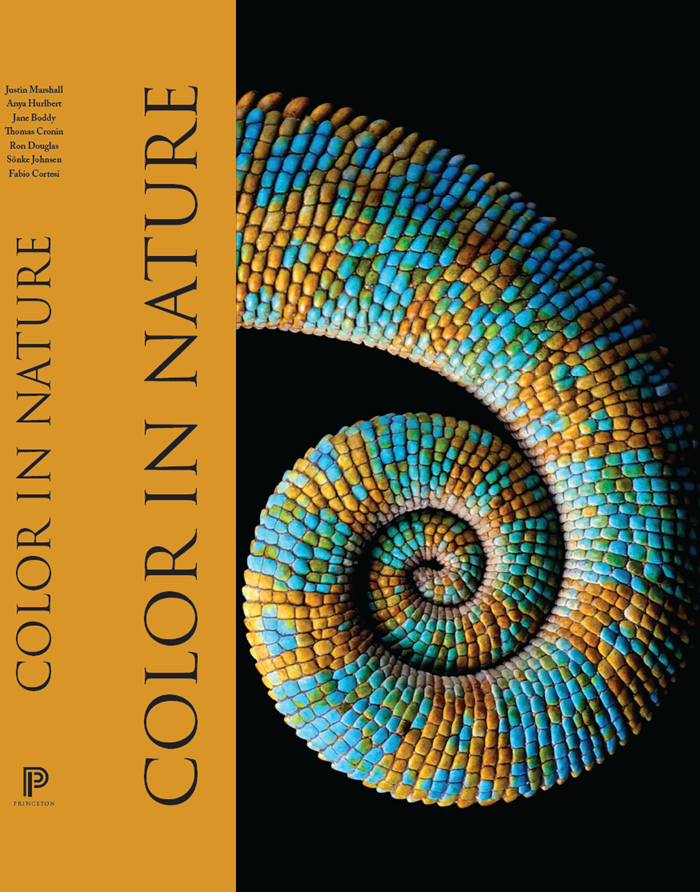
A new book co-authored by The University of Queensland’s Dr Fabio Cortesi aims to take readers on an exploration of the remarkable diversity of colour in the natural world.
The book, titled ‘Color in Nature’ [sic], and published by Princeton University Press, delves into how and why living organisms—from vibrant coral reef fish to chameleon-like reptiles—use colour to communicate, camouflage, and survive.
“My research focuses on vertebrate vision, specifically the intricate molecular basis of how vertebrates like fish, birds, mammals, and reptiles perceive and utilise colour,” Dr Cortesi said.
“My team and I at UQ specialise in marine animals and their unique visual systems.
“For this book, I contributed to three main areas: the functioning of vertebrate eyes, the brain's processing of colours, and the various ways animals use colour—whether it’s for mating, camouflage, or warning others of toxicity."
Dr Cortesi said the insights highlight the fascinating array of strategies organisms use to survive in a colourful yet competitive world.
"One example of colour usage is aposematism, where animals display bright colours to warn predators of their toxicity,” he said.
“Poison dart frogs, fire salamanders, and nudibranchs—vibrant marine slugs off Queensland’s coast—serve as vivid examples of creatures who wear their toxicity as a defence mechanism.”
The study of colour in nature has recently surged due to rapid advancements in scientific technologies.
High-resolution imaging techniques, like MRI, and new genomic sequencing technologies, allow researchers to explore the details of colour and vision like never before.
“This enhanced understanding is not only revealing nature’s mysteries but is also leading to innovative applications in fields ranging from camera technology to medical imaging,” Dr Cortesi said.
“Advances in filming technology have made it possible to capture and display the true colours of nature.
"For example, I consulted with the BBC for Sir David Attenborough’s ‘Life in Colour’ series, a project that Sir David had wanted to pursue for decades – it was only recently that technology allowed us to bring his vision to life.”
Dr. Cortesi’s hope for ‘Color in Nature’ is that it will inspire readers to view the natural world through a new lens.
“The book is scientifically accurate but written for the everyday reader,” he said.
“With its rich illustrations and images, it’s perfect as a coffee table book or a gift for anyone curious about nature.
“Designed to be accessible and engaging, the book provides insight into the complex science behind colour in the natural world without overwhelming readers.
“I hope it helps people understand the beauty of nature and encourages them to appreciate and protect its colours for future generations.”
Readers interested in purchasing a copy of ‘Color in Nature’ can find it online at Princeton University Press or on Amazon.
Media: UQ Faculty of Science Media, science.media@uq.edu.au, +61 438 162 687.



